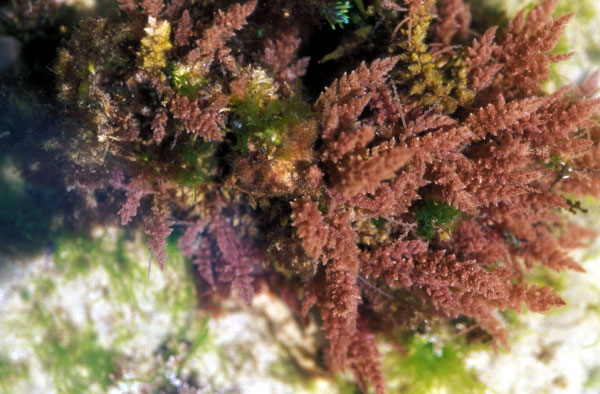Characteristics and Properties of Biofilms Made from Pure Carrageenan Powder and Whole Seaweed (Kappaphycus sp.)
Petroleum-based plastics are mass produced to meet customers’ demand due to their low cost and versatility. However, plastic waste has become a serious environmental problem. Hence, degradable plastics from renewable sources (e.g. biomass) are now trending for their “green” properties. In this paper, properties of biofilms made from whole seaweed (WS), Kappaphycus sp. and pure kappa-carrageenan powder (PC) were compared. Glycerol, as plasticizer, was added at differing amounts (1%, 2%, 3%, 4% and 5%, v/v) and their appearance, physical and mechanical properties, solubility, and biodegradability were studied. As results, for colour difference and transparency, WS- 1% showed higher ΔE at 17.09 ± 0.85 with highest opacity at 13.73 mm-1 and least ΔE was at 2.73 ± 0.13 for PC-5% with opacity at 0.49 mm-1. For mechanical properties, PC- 1% has the highest tensile strength and elastic modulus at 26.63 ± 2.18 MPa and 253.53 ± 19.43 MPa, respectively, whereas WS-5% has the lowest at 0.71 ± 0.15 MPa and 2.47 ± 0.44 MPa, respectively. As for biodegradability, by the first week, WS-5% lost 80% of its weight and PC-1% only lost 3%. Overall, PC biofilms showed better quality in terms of mechanical and physical properties but WS biofilms were faster to degrade and dissolve in water. Glycerol concentration affects most of the properties except for mechanical properties for WS and solubility of both. This study suggests that PC may be a better base material for stronger biofilms but WS are a better choice from environmental and cost aspects.



